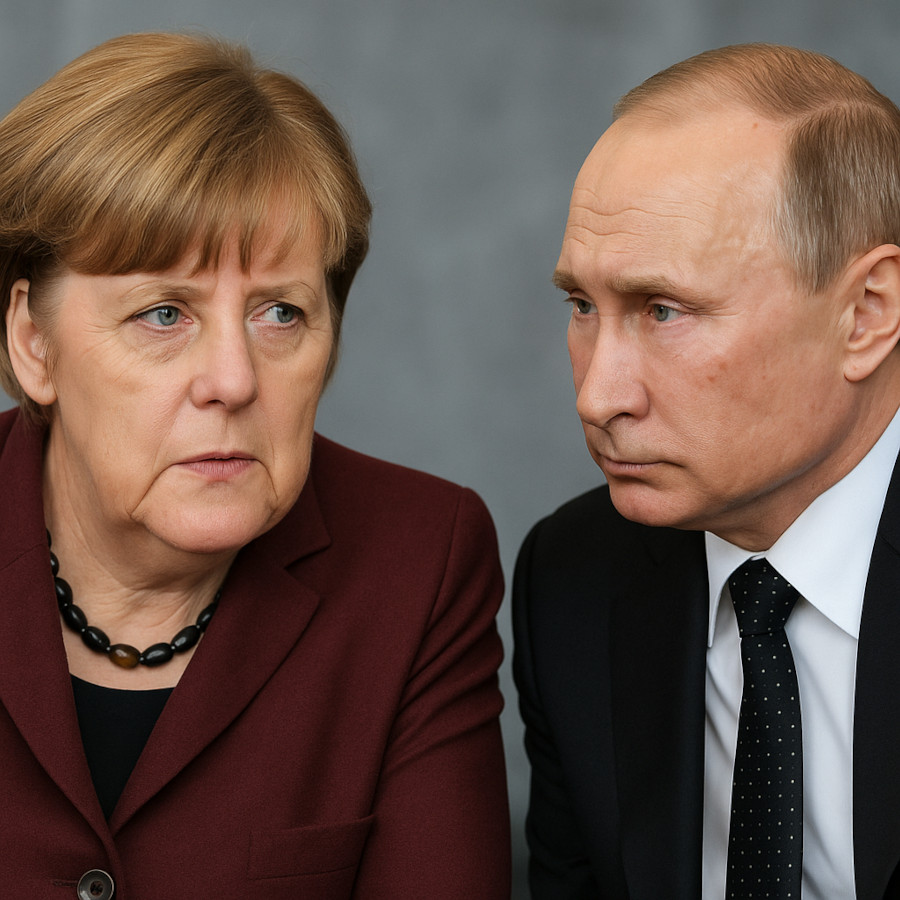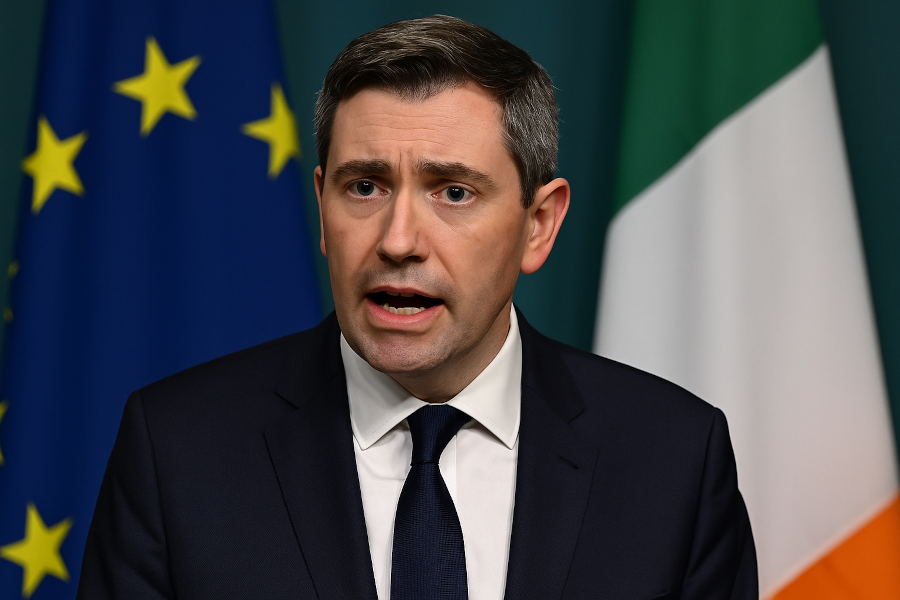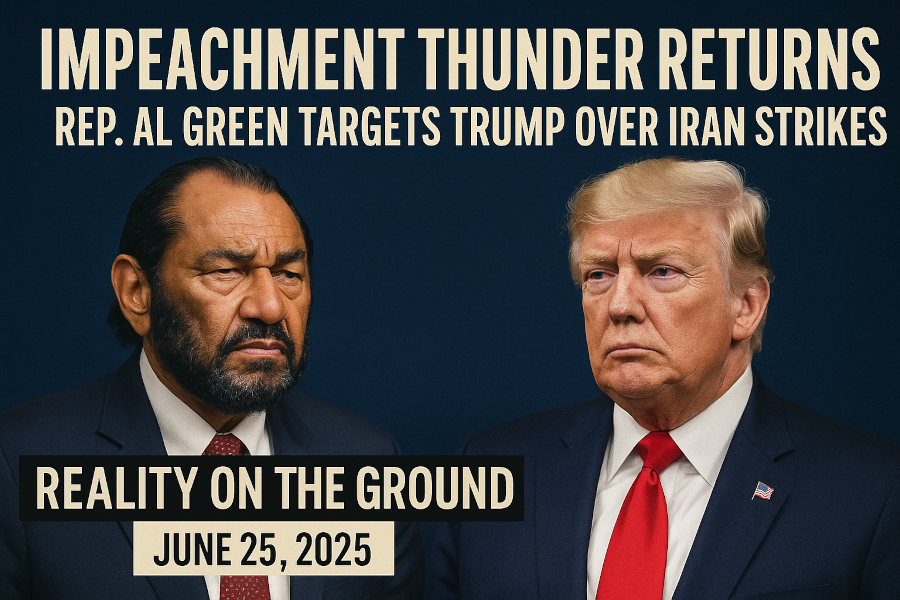Tensions in the Middle East continue to soar as a senior Iranian security official, speaking exclusively to RT, announced that Iran is prepared to strike Israeli nuclear facilities in retaliation for recent attacks on Iranian atomic infrastructure.
The unnamed official emphasized that Tehran’s military response is ongoing, with missiles and drones still targeting “occupied territories and Israeli garrisons.” In his words, “since the [Israeli] regime has attacked our nuclear facilities, our armed forces will subject their nuclear facilities to crushing blows.”
Israel’s assault on Iranian nuclear sites began last week, with high-profile strikes on facilities in Natanz, Fordow, Isfahan, and the outskirts of Tehran. Reports suggest between nine and fourteen nuclear scientists were killed in the bombings — an unprecedented blow to Iran’s civil nuclear infrastructure.
Iran's response has been swift and escalating. Multiple waves of missile and drone attacks have targeted strategic points within Israel, including its southern and central regions. And while Tehran has denied responsibility for the recent blast that hit Soroka Medical Center in Be’er Sheva, it has simultaneously vowed continued military action “to any extent and wherever the regime attacks Iranian soil.”
Strategic Shift: Israel’s Nuclear Sites Now on Iran’s Radar
What distinguishes this phase of the conflict is not just the scale of hostilities — but the nature of the targets. By openly threatening Israel’s nuclear infrastructure, Iran has crossed into new, more volatile territory.
While Israel has never officially confirmed its nuclear arsenal, it is widely believed to possess dozens — possibly hundreds — of nuclear warheads. The facilities associated with this alleged program, including Dimona, are now being discussed openly by Iranian military planners as “legitimate targets.”
This marks a strategic escalation — not just a retaliatory response, but a calculated threat to target the very weapons systems that have formed the core of Israel’s deterrence strategy since the 1970s.
Message to the West: “More Targets to Destroy”
Without naming names, the Iranian official also issued a stark warning: “If another country directly enters into war with us, it will provide much more accessible targets for the Iranian armed forces to destroy.”
It’s a barely veiled message to the United States.
President Donald Trump, who has publicly applauded Israel’s strikes as “excellent,” has warned Tehran that the U.S. is ready to enter the conflict if American interests are hit. Meanwhile, Bloomberg reports suggest U.S. military planners are preparing options for possible weekend operations — a clear signal that American involvement may not be far off.
Yet despite the rhetoric, Iran appears undeterred. It continues to cite the Quran and Islamic moral principles as the basis for its actions, framing its military moves as both strategically justified and religiously sanctioned.
Global Reactions and the Risk of Regional Spillover
The international community is watching nervously.
The International Atomic Energy Agency (IAEA) has contradicted Israeli claims, stating that there is no evidence of Iran actively working to build a nuclear bomb. Yet, Israel’s strikes — aimed at halting perceived enrichment efforts — have already destabilized a fragile region.
With the Sahel on fire, the Red Sea tense, and proxy militias in Iraq, Lebanon, and Yemen ready to act, this direct Israel-Iran confrontation is more than just bilateral. It is rapidly becoming a magnet for global fault lines — ideological, religious, and military.
This is Reality on the Ground. We bring you global stories with clarity, context, and no corporate spin. Like, share, and subscribe to keep this mission alive. And remember: in war, truth is always the first casualty — unless we keep it alive.





